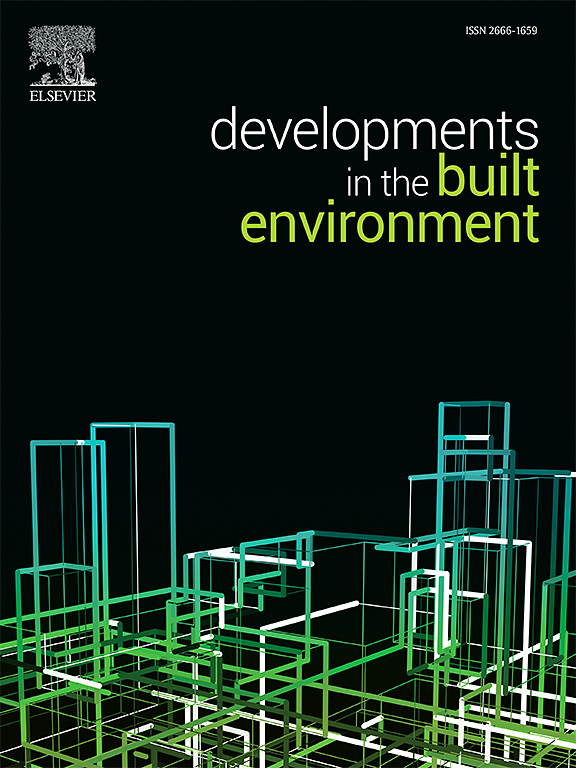Study on the carbonation resistance of sulphoaluminate cement grouting materials enhanced by acrylamide in-situ polymerization modification
IF 8.2
2区 工程技术
Q1 CONSTRUCTION & BUILDING TECHNOLOGY
引用次数: 0
Abstract
Sulphoaluminate cement (SAC) is widely used in grouting applications owing to its rapid setting and high early strength. However, its low resistance to carbonation in highCO2 environments restricts its broader application. This study explores the enhancement of SAC's carbonation resistance through in-situ polymerization of acrylamide (AM). SAC was modified with varying AM dosages (0–40 %), and the carbonation depth, mechanical properties, and microstructure were evaluated after different carbonation periods. The results indicate that increasing the AM content significantly improved SAC's long-term carbonation resistance. Samples with ≥20 % AM exhibited carbonation depths of less than 3 mm after 28 days of accelerated carbonation. Microstructural analysis revealed that in-situ polymerized PAM formed an interpenetrating organic-inorganic network with cement hydration products, enhancing both ductility and strength. The encapsulation of hydration products by PAM hindered CO2 contact, while pore-filling effects reduced CO2 diffusion pathways. This study demonstrates that in-situ polymerized PAM is a promising solution for mitigating carbonation-induced deterioration in SAC, potentially expanding its application in high CO2 environments.
丙烯酰胺原位聚合改性增强硫铝酸盐水泥灌浆材料抗碳化性能的研究
硫铝酸盐水泥因其凝结快、早期强度高而广泛应用于注浆领域。但其在高co2环境下抗碳酸化能力较低,限制了其广泛应用。本研究探讨了丙烯酰胺(AM)原位聚合提高SAC抗碳化性能的方法。采用不同AM剂量(0 ~ 40%)对SAC进行改性,并对不同碳化时间后的碳化深度、力学性能和微观结构进行评价。结果表明,增加AM含量可显著提高SAC的长期抗碳化性能。AM≥20%的样品在加速碳化28天后,碳化深度小于3 mm。微观结构分析表明,原位聚合的PAM与水泥水化产物形成了有机-无机互穿网络,增强了水泥的延性和强度。PAM对水化产物的包封阻碍了CO2的接触,而孔隙填充效应则减少了CO2的扩散途径。该研究表明,原位聚合PAM是一种很有前途的解决方案,可以减轻SAC中碳化引起的劣化,有可能扩大其在高二氧化碳环境中的应用。
本文章由计算机程序翻译,如有差异,请以英文原文为准。
求助全文
约1分钟内获得全文
求助全文
来源期刊

Developments in the Built Environment
Multiple-
CiteScore
7.40
自引率
1.20%
发文量
31
审稿时长
22 days
期刊介绍:
Developments in the Built Environment (DIBE) is a recently established peer-reviewed gold open access journal, ensuring that all accepted articles are permanently and freely accessible. Focused on civil engineering and the built environment, DIBE publishes original papers and short communications. Encompassing topics such as construction materials and building sustainability, the journal adopts a holistic approach with the aim of benefiting the community.
 求助内容:
求助内容: 应助结果提醒方式:
应助结果提醒方式:


